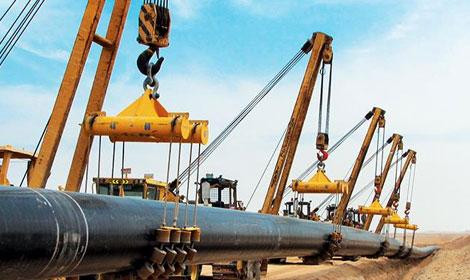Stainless steel is a metal alloy, containing more than 50% iron and more than 10.5% chromium. It has a low carbon content, less than 1.2%, according to standard NF EN 10 020. Here is a complete guide to this ferrous metal alloy!
What are the main families of stainless steels?
There are several types of stainless steel. The classification is made according to these elements: the chemical composition and the main properties of use. The chemical composition of stainless steel takes into account the percentage of chromium, nickel and several other elements. The main properties of use include, among others, resistance to corrosion and creep.
The classification of stainless steels can also be done according to the crystal structure. In this case, you can distinguish these main families of stainless steel:
- Martensitic stainless steels;
- Precipitation hardening stainless steels;
- Ferritic stainless steels;
- Austenitic stainless steels (ASTM 300 series);
- Austeno-ferritic or duplex stainless steels.
- Martensitic stainless steels.
Martensitic X65 Pipe suppliers material contain 12-18% chromium and a low percentage of carbon, i.e. 1.2% at most. This type of stainless steel offers good resistance to moderate corrosion and is suitable for quenching. In addition, they exhibit high mechanical characteristics.
Precipitation hardening stainless steels
Precipitation hardening stainless steels have a chromium content of between 15 and 17%. To obtain this type of metal, it is necessary to carry out a specific treatment which makes it possible to improve their resistance to fracture. This type of stainless steel is used to design the sword blades.
Ferritic stainless steels
Ferritic stainless steels contain a low level of carbon, less than 0.1%. This group of metals can contain up to 27% chromium. The higher their chromium content of ST 52 Pipe, the more resistant they are to corrosion. In addition to being magnetizable, ferritic stainless steels have good mechanical characteristics. Ferritic stainless steel is used in the manufacture of plated sheets and cooking utensils. There are several types of ferritic steels, depending on the chromium content:
- Low alloy ferritic steels (11-14% chromium);
- Non-stabilized ferritic steels (15-18% chromium);
- Stabilized ferritic steels (16-20% stabilized chromium);
- Refractory ferritic steels (14-20% chromium).
Stabilized A672 Pipe offers the advantage of being weldable. Stabilization is only possible after the addition of titanium, niobium and often zirconium. Regarding refractory steels, they are ideal for facing high temperatures. For this, niobium is added to the composition of the majority of these metal groups.
Austenitic Stainless Steels (ASTM 300 Series)
This category of the steel contains between 14 and 30% chromium, between 8 and 10% nickel. They deform with ease and are ductile; that is, they can be stretched without breaking. Non-magnetic, they have high impact resistance. The presence of nickel makes it possible to increase their resistance to corrosion of this type of stainless steel.
Austeno-ferritic or duplex stainless steels
Duplex steels have almost equal parts of ferrite and austenites. This melting makes it possible to have metals whose mechanical characteristics are superior to those of austenitic or ferritic stainless steels. Duplex steels have an elongation at break of around 40%. They are typically used in environments where the temperature is below 300 ° C.
